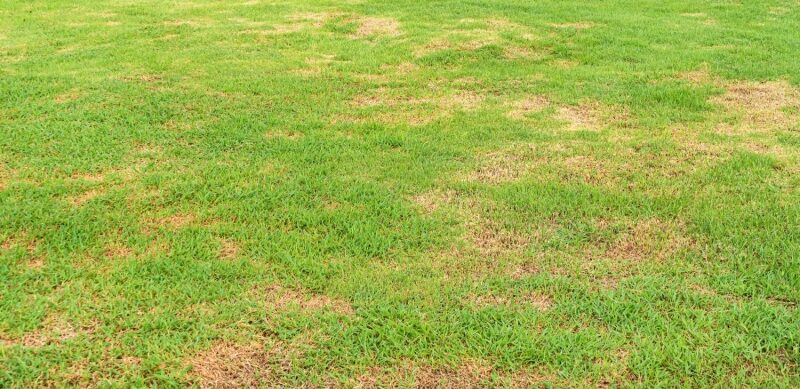
Maintaining a lush, green lawn is the pride of many homeowners, but lawn diseases can quickly turn your green oasis into a patchy, brown mess. Preventing lawn disease before it develops is key to keeping your yard healthy and vibrant. At The Experienced Gardener, we believe in proactive care and have gathered some essential tips to help you stop lawn disease in its tracks.
The first step in preventing lawn disease is understanding the type of grass you have and its specific needs. Different grasses thrive in different climates, soil types, and require varied care. Knowing whether you have cool-season or warm-season grass, for instance, can help you tailor your lawn care routine to ensure optimal health and disease resistance.
One of the most common causes of lawn disease is improper mowing. Cutting your grass too short can weaken it, making it more susceptible to diseases. Aim to mow your lawn at the recommended height for your grass type. Generally, keeping your grass about 2.5 to 3 inches tall helps maintain a healthy root system. Also, ensure your mower blades are sharp to avoid tearing the grass, which can create entry points for pathogens.
Overwatering or underwatering can stress your lawn and make it more prone to diseases. Water deeply but infrequently, providing about 1 to 1.5 inches of water per week. Early in the morning is the best time to water, as it allows the grass to dry out during the day, reducing the risk of fungal growth. Avoid watering in the evening or at night when moisture can linger on the grass, creating a perfect environment for disease.
Healthy soil is the foundation of a disease-resistant lawn. Conduct a soil test to determine its pH and nutrient levels. Based on the results, apply the appropriate fertilizer to provide your grass with the nutrients it needs. Fertilize during the growing season of your specific grass type, but be cautious not to over-fertilize, as this can lead to excessive growth and increased susceptibility to disease.
Aeration helps improve soil structure and allows water, air, and nutrients to penetrate deeper into the soil, promoting healthier grass roots. Aerate your lawn at least once a year, especially in high-traffic areas where the soil can become compacted. Additionally, dethatching your lawn removes the layer of dead grass and organic matter that can harbor disease-causing pathogens.
Regularly inspect your lawn for signs of disease, such as discolored patches, thinning grass, or unusual growth patterns. Early detection is crucial to preventing a minor issue from becoming a major problem. If you notice any symptoms, act quickly to identify and treat the disease. Consulting with a lawn care professional like The Experienced Gardener can help you accurately diagnose and address any issues.
When planting or reseeding your lawn, consider using disease-resistant grass varieties. These grasses are bred to withstand common lawn diseases and can reduce the need for chemical treatments. Research and choose varieties that are well-suited to your region and specific lawn conditions.
IPM is a holistic approach to lawn care that combines cultural, biological, and chemical methods to manage pests and diseases. This strategy focuses on long-term prevention and promotes the use of environmentally friendly practices. For instance, introducing beneficial insects that prey on harmful pests or using organic fungicides can help maintain a healthy lawn without relying solely on synthetic chemicals.
Preventing lawn disease before it develops requires a combination of proper lawn care practices, regular monitoring, and timely intervention. By understanding your lawn's specific needs and implementing these preventative measures, you can enjoy a healthy, disease-free lawn year-round. At The Experienced Gardener, we are committed to helping you achieve and maintain the lawn of your dreams. Contact us today for expert advice and services tailored to your lawn care needs.